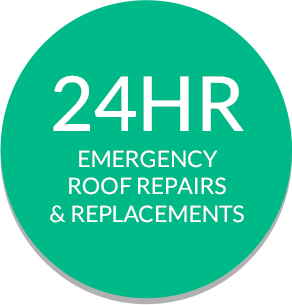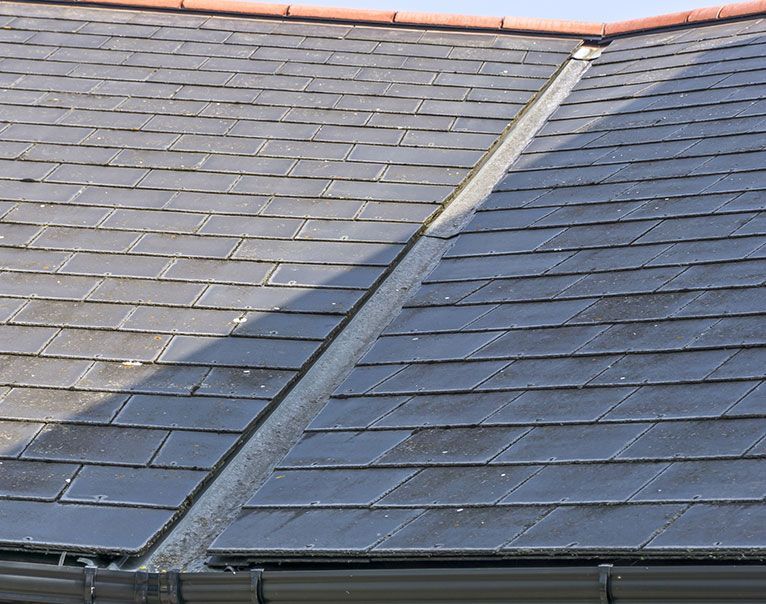Get a FREE quote today!
Call: 01253 804110
ROOFING SERVICES
Blackpool
ROOFING SERVICES
Covering - Blackpool, Fleetwood, Cleveleys, Bispham and Great Marton


LEAD WORK SERVICES
Blackpool
LEAD WORK & FLASHING
Lead Work & Flashing
Lead work is a vital component of roofing, known for its exceptional sealing capabilities. It serves a critical role in preventing water penetration and shielding against mould, mildew, and rot. Primarily used to bond surfaces and create a watertight seal, lead work enhances the structural soundness of roofs.
Despite its durability, leaks often stem from poorly installed or deteriorating lead work. As time passes, ageing or faulty lead work can compromise the roof's protective function. While lead is resilient, regular wear and tear can eventually necessitate repairs or replacements.
Our team at Maximum Roofing Solutions Ltd
specialises in professional lead work solutions and flashing installations, addressing any potential issues with precision and expertise. If you suspect that your roof's integrity is at risk due to faulty lead work or flashing, don't hesitate to contact us. Maximum Roofing Solutions Ltd
provides complimentary, no-obligation assessments and estimates to assess and resolve all your flashing and lead work needs. Count on us to protect the longevity and durability of your roofing system.

Different Types Of Flashing
Continuous Flashing / Apron Flashing.
Typically situated at the intersection where a sloping roof meets a vertical wall, chimney, or a roof with a steeper incline.


Chimney Flashing.
The lead flashing encircling the chimney serves as a barrier against rain infiltration at the junction of the chimney and the roof tiles.
Counter Flashing. Fabricated leadwork created to shield and safeguard the top edge of a base flashing, specifically engineered to obstruct moisture infiltration behind the vertical flange of headwall or sidewall flashing.


Step Flashing.
Lead that is bent at a right angle and inserted between shingles and a sidewall, dormer, or chimney.
Skylight Flashing.
Skylight flashings are designed to establish a watertight seal between a skylight or window and the roof.


Valley Flashing.
Typically, a valley is formed between two sections of roofing to divert rainwater away from the roof.
Drip Edges.
Crafted right at the roof's edge to facilitate water runoff, preventing potential damage to the house, soffits, and leaks.


Kickout Flashing.
Flashing diverts rainwater away from the cladding and into a gutter.
Different Types Of Flashing
Continuous Flashing / Apron Flashing.
Typically situated at the intersection where a sloping roof meets a vertical wall, chimney, or a roof with a steeper incline.


Chimney Flashing.
The lead flashing encircling the chimney serves as a barrier against rain infiltration at the junction of the chimney and the roof tiles.
Counter Flashing.
Fabricated leadwork created to shield and safeguard the top edge of a base flashing, specifically engineered to obstruct moisture infiltration behind the vertical flange of headwall or sidewall flashing.


Step Flashing.
Lead that is bent at a right angle and inserted between shingles and a sidewall, dormer, or chimney.
Skylight Flashing.
Skylight flashings are designed to establish a watertight seal between a skylight or window and the roof.


Valley Flashing.
Typically, a valley is formed between two sections of roofing to divert rainwater away from the roof.
Drip Edges.
Crafted right at the roof's edge to facilitate water runoff, preventing potential damage to the house, soffits, and leaks.


Kickout Flashing.
Flashing diverts rainwater away from the cladding and into a gutter.
CONTACT US
Enter your details below and one of our team will get back to you as soon as possible. Can’t wait, then call our team now on 01253 804110
Contact Us
We will get back to you as soon as possible.
Please try again later.

FAQS
-
How often should I get my roof inspected?
Regular roof inspections are crucial to identify potential issues before they become costly problems. It's generally recommended to have your roof inspected at least once a year, preferably in the spring or fall, and after severe weather events like storms.
-
What are the signs that my roof needs repair or replacement?
Look out for signs such as missing or damaged shingles, leaks or water stains on your ceiling, sagging areas, and excessive granule loss from shingles. If your roof is over 20 years old, it's also advisable to consider a replacement, even if there are no apparent issues.
-
How long does a typical roof replacement take?
The duration of a roof replacement project depends on various factors like the size of your roof, the materials used, and weather conditions. However, a typical residential roof replacement can take anywhere from a few days to a week to complete.
-
What type of roofing material is best for my home?
The best roofing material for your home depends on factors like your budget, climate, and aesthetic preferences. Common options include asphalt shingles, metal roofing, tile roofing, and cedar shakes. A professional roofer can assess your needs and recommend the most suitable material for your situation.
-
Do you offer warranties on your roofing services?
Yes, most reputable roofing contractors provide warranties on both the materials used and the labour performed. These warranties can vary in duration and coverage, so it's essential to discuss the details with your contractor before proceeding with any work.
-
What are common roof problems?
Some common causes are
- Leaks: Leaks can occur due to damaged or missing shingles, cracked flashing around vents or chimneys, or deteriorated sealant around roof penetrations. Prompt detection and repair of leaks are essential to prevent water damage to the interior of your home.
- Shingle Damage: Over time, shingles can become cracked, curled, or missing due to exposure to the elements, leading to potential leaks and reduced protection for your home. Regular inspections can help identify and address shingle damage before it worsens.
- Poor Installation: Improper installation of roofing materials, including shingles, flashing, and underlayment, can lead to various issues such as leaks, premature deterioration, and structural damage. It's essential to hire a reputable roofing contractor with experience in proper installation techniques.
- Gutter Issues: Clogged or damaged gutters and downspouts can cause water to overflow onto the roof, leading to water damage, mould growth, and even structural issues. Regular gutter cleaning and maintenance are crucial to ensure proper water drainage from the roof.
